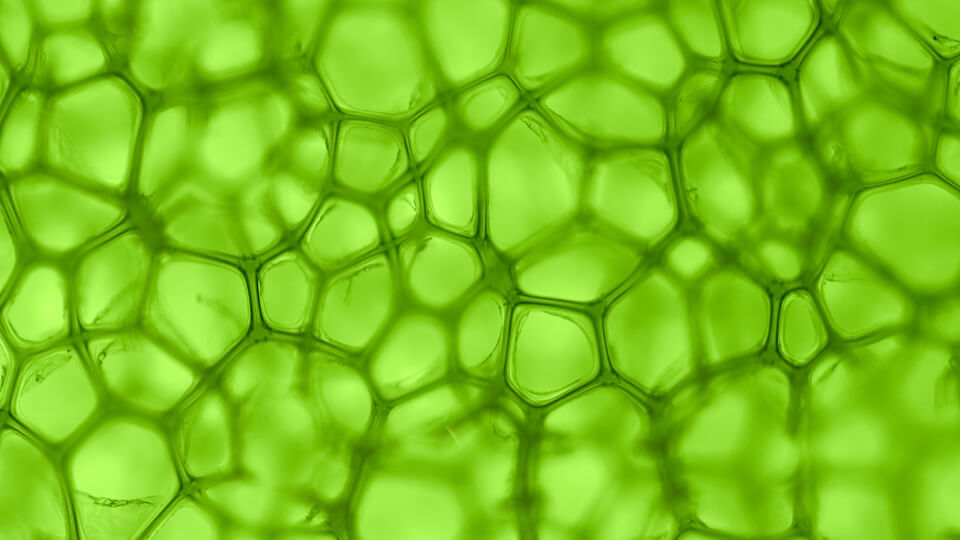Plant structure and nutrient bioaccessibility

While consuming plants has many advantages, understanding the processes involved in their digestion and nutrient bioaccessibility can be challenging.
Looking at plants’ organs, each has different roles. Roots are rich in starch because energy is stored here. Seeds are filled with macronutrients to sustain the development of the future plant. These organs are made of different types of tissue systems and their cells have different shapes and wall properties – all defining the structure of the plant. It’s the cell wall that is crucial for the interaction between plant cells and plants and microbes.
What is bioaccessibility?
Since all the nutrients are located inside the cell, their bioaccessibility and digestibility will be dependent on cell wall degradation or breakdown rate. Bioaccessibility is the amount of nutrients released from the complex food matrix in the digestive tract and available for digestion. Sometimes plant cell walls might be resistant to omnivore or carnivore digestive enzymes. Therefore, we refer to these indigestible parts of plants as dietary fiber in food.
Thus, to be digested and utilized by the (human or dog) digestive system, plants need to be processed by using mechanical force to decrease the particle or fiber size (milling) or by using heat (cooking) or fermentation. These processes will also inactivate the plant’s anti-nutrients and increase food absorption and nutritional value.
The effect of structure
Properties of the plant cell walls that affect nutrient bioaccessibility and digestibility are solubility, viscosity, water holding capacity and fermentation. Along with the cell wall composition, the thickness and the pore size distribution will also determine how well the digestive enzymes penetrate these walls. Porosity varies between plants: for example, legumes have less porous cells than potatoes.
But actually, very little is known about the effect of plant structure on macro and micronutrient digestion and absorption. Scientists can use modern techniques to study the plant structure and correlate it with in vitro and in vivo data on nutrient bioaccessibility and digestibility to improve our understanding of the needed steps to increase plants’ nutritional value for carnivores.
Meanwhile, what we do know very well is the health benefits of dietary fiber consumption: from regularity, fecal formation, and intestinal microbiota feeding, to chronic disease risk reduction – both for humans and for their companions.
